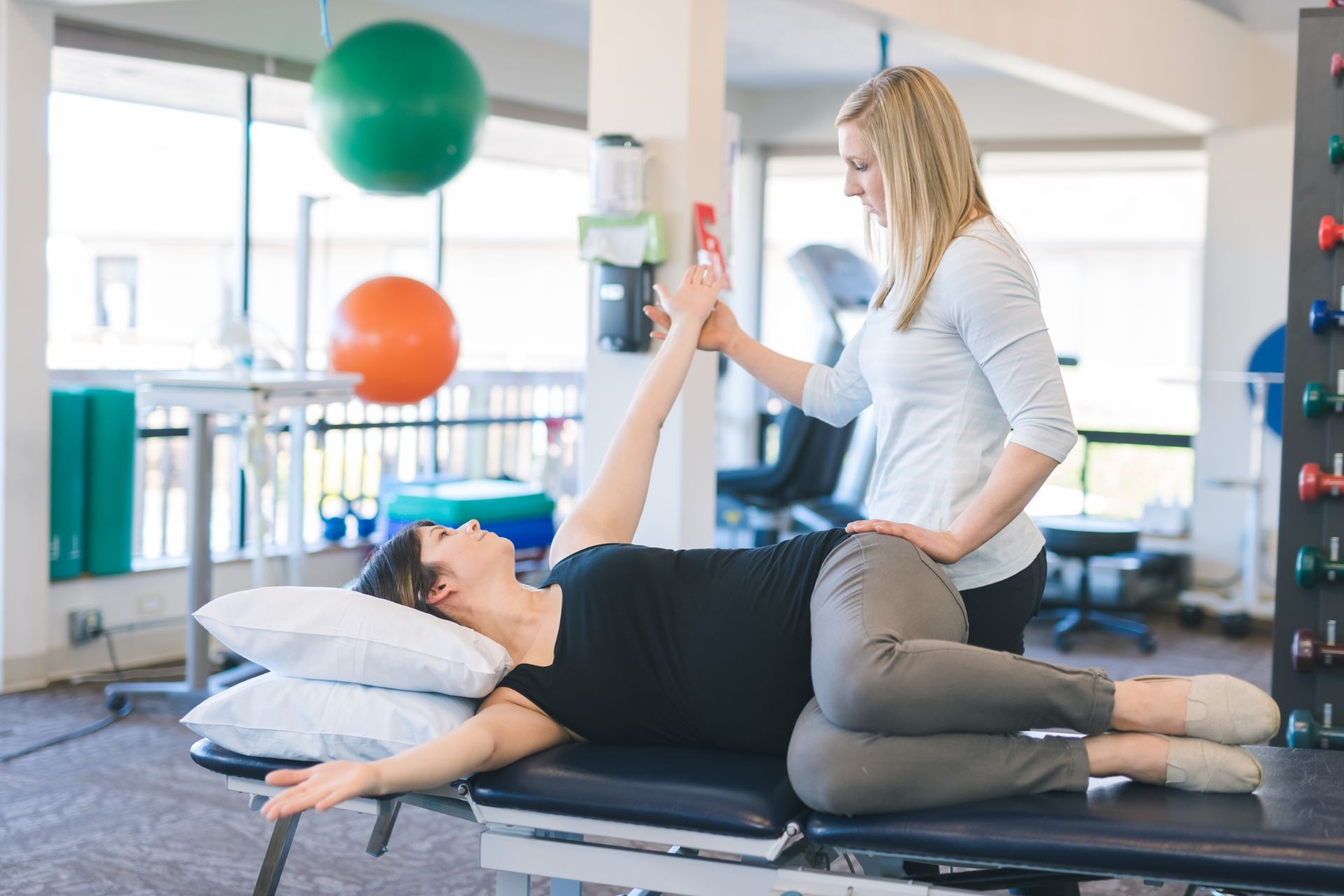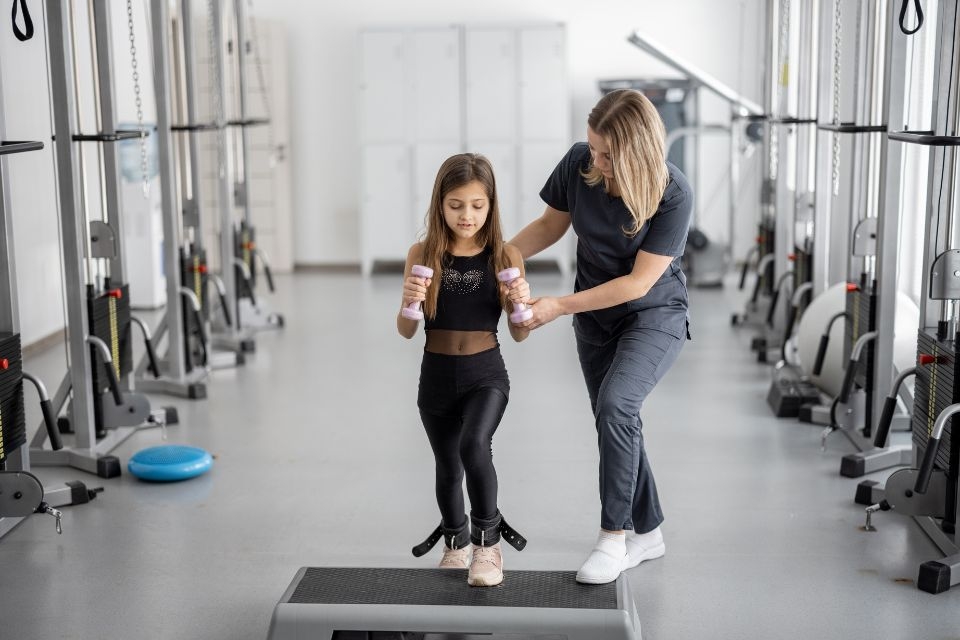Microcycle Manipulation Techniques
How can microcycle manipulation techniques be used to optimize athletic performance?
Microcycle manipulation techniques can be used to optimize athletic performance by strategically adjusting training variables such as volume, intensity, and frequency within a short period of time. By carefully planning and implementing changes to these variables, coaches can ensure that athletes are progressing towards their peak performance levels while minimizing the risk of overtraining or injury. This allows for targeted improvements in specific areas of fitness, such as strength, speed, or endurance, leading to enhanced overall athletic performance.
Pyramid Training For Progressive Overload In Personal Training








